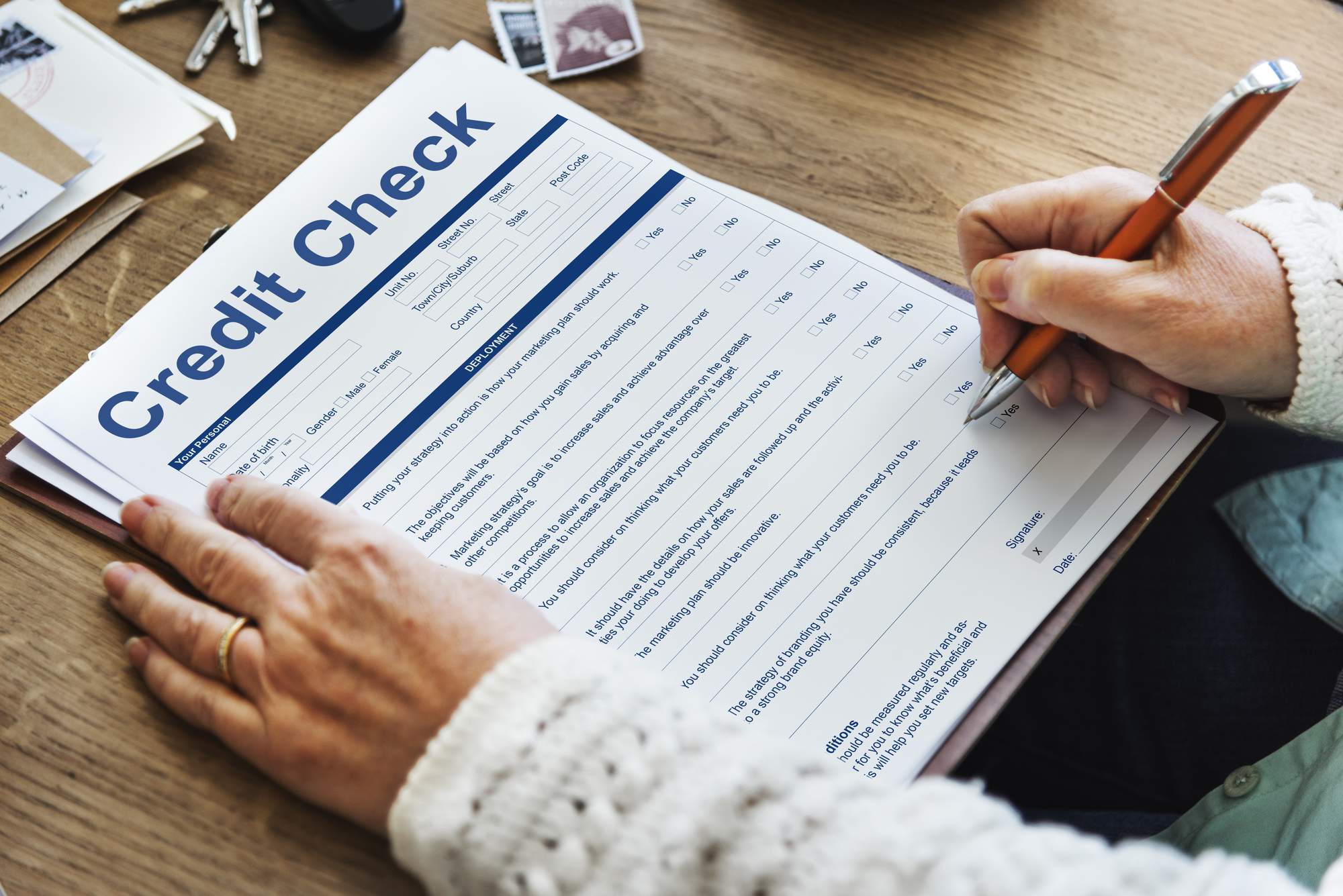Every business should be aware of how their credit reports and scores work. This overview piece will discuss Experian business credit in detail. Make sure to read the whole thing, as it will clear up some uncertainties you might experience later.
About Experian
Experian holds demographic details on more than 25 million American businesses. Their small business portal is your source of business credit tools and similar resources. They are one of three major business bureaus. They provide a business credit score and detailed reports. This information is often used by business credit card issuers.
Experian vs. Equifax and Dun & Bradstreet
Experian often ranks as the second most-important business bureau. By far, Dun & Bradstreet is the leader in this industry. What’s the difference? For starters, Dun & Bradstreet’s database has nearly 10 times the number of businesses listed as Experian does. They are also an exclusively business-focused credit bureau. Meanwhile, Experian’s primary effort is consumer credit.
Regardless, many business credit card issuers use Experian. Their credit score factors more than Equifax’s. Thus, it’s important to grow your Experian business credit score. But, keep in mind that most business lenders prefer using Dun & Bradstreet. You want a DUNS number right away, if you don’t have one yet. Your main focus should be building credit history on your D&B file.
In short, all of your business credit reports (and scores) matter at times. You should fix errors on any of your files. Plus, try to maximize the amount of your trade lines that get reported. You never know which bureau a lender will use to qualify your business.
Experian Credit Reports – The Rundown
Here’s an example of an Experian business credit file.
Your Experian business credit report contains six sections.
- Background info. Some additional details about your business. Examples include ownership details and info on parent companies and subsidiaries.
- Financial data. Insight on the safe borrowing levels and credit risk from term extensions.
- Credit score / risk factors. Perceived ability to cover expenses and make changes to terms prior to running into payment issues.
- Payment history. Past payment data pertaining to banking, collection and trade experiences.
- Bankruptcies, judgments and liens. Major red flags that indicate serious financial problems within a business.
- Uniform Commercial Code Filings. Your credit status as compared to similar businesses.
Ordering an Experian Business Report
You can purchase a copy of your business’s credit report from Experian for $39.95, which includes your Intelliscore. This fee goes up by $10 if you require a more comprehensive credit report. The higher-priced file contains in-depth info on your trade lines, as well as list credit report inquiries and UCC details.
You can also pay $179 per year for Business Credit Advantage. This gives you unlimited Experian credit report and score access. You also receive alerts when inquiries and major changes occur. Plus, your business’s credit report gets monitored daily. You can compare Experian credit report and score products here for full details and specs.
Experian Business Credit Repair – Fighting Errors
Sometimes errors will show up on your credit report. This happens with business credit files too. The reason could be something innocent like a mistake by the reporting business. Or, even something fraudulent like identity theft.
Get a copy of each of your company’s reports. Then look for credit report errors. Don’t just check your Experian file, but also Experian and D&B. Submit dispute letters to any agencies that display errors on your report. Remember, these wrongfully reported items could be holding back your business credit score.
Quick notes about your rights when disputing credit report errors…
- Credit repair letters must be replied to within 30 days of receipt.
- If the credit bureau cannot verify the trade line, it will be removed.
- If the trade line is verified and you don’t agree, you can submit a Method of Verification form.
- The credit bureau will have 15 days to provide the requested details. You can ask for the reporting business’s name, address and phone number. You can also request the documents the creditor sent to Experian. Plus, the name of the person at Experian that verified the trade line.
- What if the credit bureau will not oblige to your Method of Verification request? You can threaten to sue for failure to comply (as per the FCRA Act, Section 616).
- What if the bureau is unable to provide verification proof? You can request a renewed investigation into the matter.
Sending Dispute Letters to Experian
You can submit a dispute letter by mail to:
Experian – Commercial Relations BCF
PO Box 5001
Costa Mesa, CA
92628-5001
Another option is to submit your claim by email (to BusinessDisputes@Experian.com) in the form of a PDF document. You could also send it via fax to 1-714-830-2903 with a memo saying “Attn: BCF” so it reaches the appropriate department.
Is your credit report error due to business identity theft?
Dealing with identity theft related credit report errors is a bit more difficult. You must prove the wrongfully reported items are due to identity theft. This process begins with reporting the crime to IdentityTheft.gov, which is overseen by the Federal Trade Commission (FTC). You can then submit a local police report and provide them with your identity theft claim.
All this information, and anything else that’s relevant, should be submitted along with your standard dispute letter. Read ‘How to Write a Dispute Letter That Works.’ This guides you on how to write identity theft related dispute letters.
Business Credit Scores – What Experian Offers
Experian provides one major credit score to businesses – the Intelliscore Plus (example here).
This comprehensive credit rating is very useful. It values more data points than Equifax’s Payment Index score. Experian’s algorithm goes deeper and evaluate more than 140 different variables. As such, there are no other business credit scores available through Experian. Meanwhile, both Equifax and Dun & Bradstreet offer numerous business scores. These scores apply for different purposes. Some examples include weighing the risk of late payments and insolvency.
Experian also provides a basic “Financial Stability Risk Score.” This classifies your business based on potential insolvency risks. Your most negative items will have the biggest impact here. So, prior bankruptcies, judgments and tax liens will make a business look high risk.
How Experian Calculates Your Business Credit Score
Experian’s business credit score page gives full insight on how your company’s credit rating gets calculated. It all starts with collecting the right info. First off, they take any data supplied by your lenders and your suppliers. Next, they look into court databases for filings – at local, state and federal levels.
Here’s where their data collection goes a step further. They look at independent, third-party sources to find out anything else they can about your business. They weigh your corporate financial information, public records and much more.
These data points give Experian an idea on your business’s performance. These details are combined with key factors, like payment history and debt status. From there, your Experian business credit score is dynamically calculated.
Experian Business Credit Score Rating Ranges
The Intelliscore Plus score from Experian has five risk classes. They are as follows: High (1-10), High-Medium (11-25), Medium (26-50), Low-Medium (51-75) and Low (76-100). The higher your score, the less of a risk you appear to lenders and suppliers.
Experian uses this to weigh the risk of your business running delinquent in the next 12 months. Interestingly, unlike Dun & Bradstreet’s Paydex score, early payments won’t boost your rating.
Experian’s Financial Stability Risk Score
This figure ranges from 1 to 100 based on your credit status. The higher the score the riskier your business appears. Their score has five rating categories – High (1-3), Medium-High (4-10), Medium (11-30), Low-Medium (31-66) and Low Risk (66-100). Learn more about the five risk groups here.
Experian Intelliscore Rating Factors
Many data points are evaluated. But, only about one dozen matter much. Look at the table below to understand the breakdown of these rating factors. Unfortunately, the exact influence each factor has on your score is unknown.
| Demographics | Credit | Public Records |
| Years of credit history | Credit utilization | Frequency of public records |
| Standard Industrial Classification (SIC) code | Outstanding balances | How recent the records are |
| Business size | Payment habits | Dollar amounts of liens |
| Trends over time | Any judgments | |
| Trade line experiences | Any bankruptcies |
Confused as to how your SIC code and business size matters?
First, larger businesses come across more trustable. This logic plays into a mantra: “Too big to fail.” If your company pays many people, chances are it can pay its debts too. As for the SIC code, this tells Experian your business’s industry. They can use this data to properly compare your business’s credit stats with the norms in your industry.
What Can Hurt Your Experian Business Credit Score?
Experian’s site gives a list of what might hurt your business’s score. The negative items hindering a company’s Experian Intelliscore include:
- Accounts in collections, bankruptcies, judgments, liens and other harmful public records against your business.
- The frequency, recency, current status and dollar amount of each of the negative items mentioned above.
- A pattern showing a reduction in payment speed to lenders and suppliers.
- A rise in the volume of credit applications and credit report pulls for your business’s file.
- The “Credit” factors from the earlier table. This includes credit utilization, outstanding balances, payment habits, trends over time and trade line experiences.
- The “Demographics” factors from the earlier table. This includes your years of credit history, SIC code and business size.
How Long Do Negative Items Last?
When it comes to your Experian business credit file, the length of stay for damaging items is as follows…
- Accounts in collections – 6 years, 9 months
- Bankruptcies – 9 years, 9 months
- Judgments – 6 years, 9 months
- Tax Liens – 6 years, 9 months
- Uniform Commercial Code Filings – 5 years
What about potentially neutral / positive items?
- Bank, government and leasing data – 3 years
- Trade data – 3 years
Trade Lines Missing from Experian Credit Report
Is your business trying to build its credit rating? If so, it’s very important to deal with lenders and suppliers that report. Ideally, your trade lines will show on all your reports. This means you want them to report to Experian, Equifax and D&B.
But, what do you do when there are trade lines missing from your report?
You cannot force companies to report your accounts. You can always request them to do so, but there’s no guarantee they will. Many businesses only work with suppliers that report trade experiences. You can push to have yours reported in hopes the other party obliges. Worst case, you could say you’ll take your business elsewhere if they reject.
Experian’s site says that 10,000 of 500,000 trade line suppliers report. These are the ones that help grow your business credit score. Without them, it’s harder to get payment history on your new credit file.
Conclusion
Experian is one of three major business credit bureaus. You need to understand how their credit reports work. In fact, you must know how they calculate your Intelliscore. That insight gives you all the power to start increasing your company’s score. This credit bureau ranks as a strong second to Dun & Bradstreet in most lender’s eyes. In closing, we hope this Experian business credit guide helped you.




